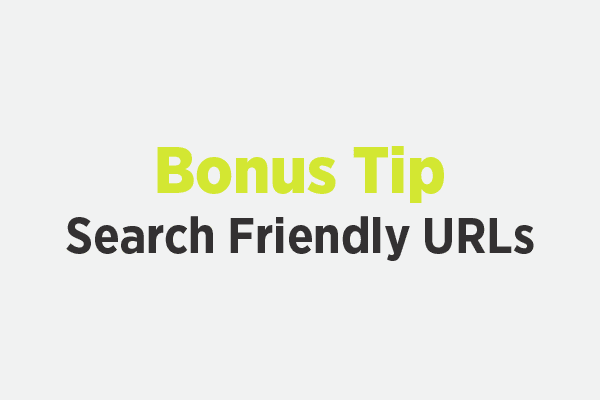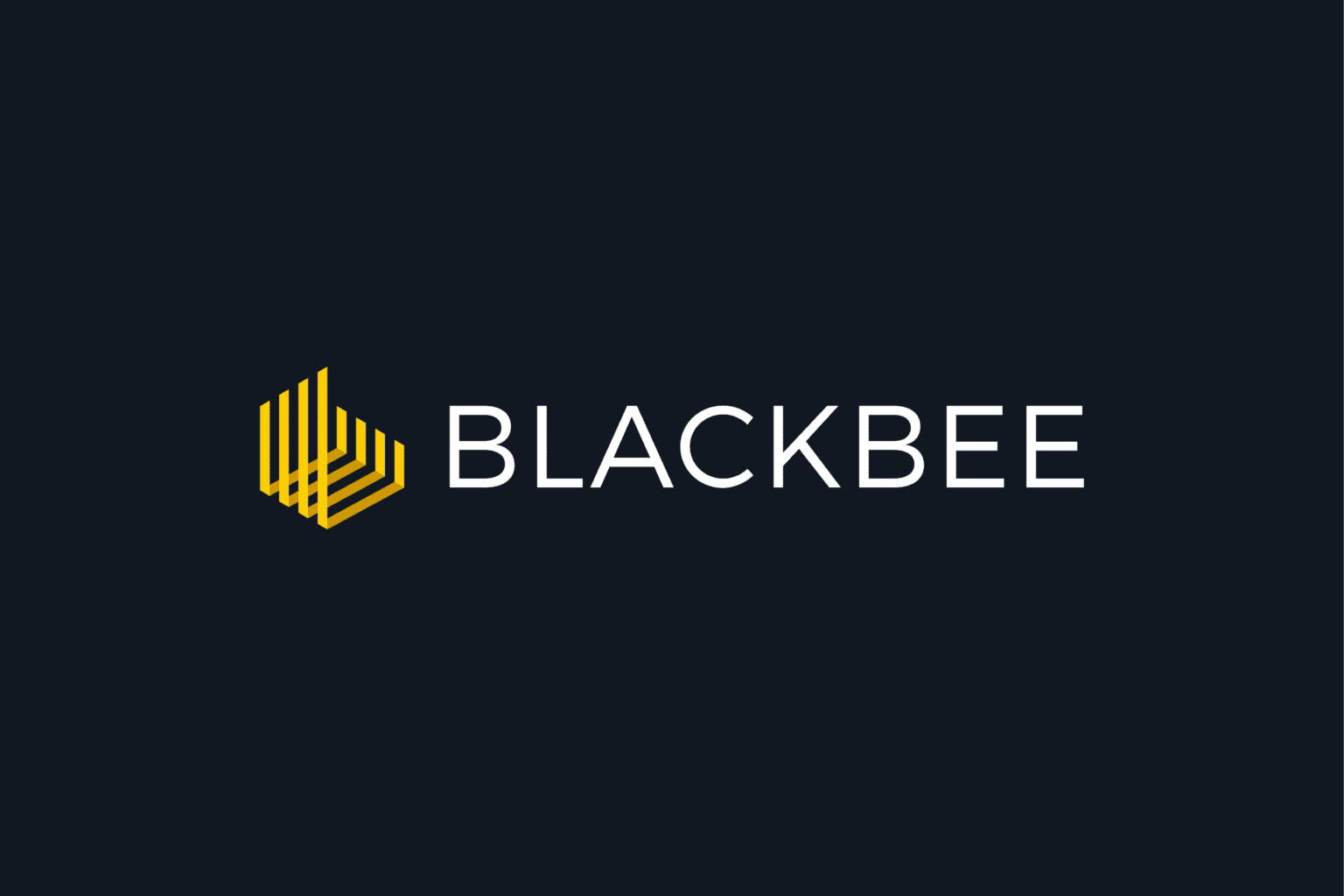Having a well designed website is essential, but equally as important is getting people to visit your website. There are thousands of companies that promise instant SEO results based on so-called shortcuts. In reality, companies like Google hire the world’s best and brightest minds to determine the engines algorithm. These people dedicate their professional lives to ensure people don’t cheat the system in place. So, if a company offers you instant SEO results on a modest budget, you can be sure that they are not entirely honest. The best way to achieve results is by putting in the hard work and following certain SEO best practices. In this article we reveal the ‘16 Essential SEO Techniques for your Website’.
1. Hosting
Your website hosting service is very important in achieving a high SEO ranking. It is recommended that your website hosting server should be working 24/7, with a least a 99.9% uptime. If your website has too much downtime it can be de-indexed and that will hinder your ability to rank higher on search engines.
2. Broken Links
Having broken links can be detrimental to both the SEO and user-experience of your website. There are hundreds of online tools that can help you locate broken links. We use Google’s own Search Console as our main broken link finder. This tool will tell you which links are broken and provide a clear pathway to relinking each url.
3. Webmaster Tools
Webmaster tools all you to add and verify the ownership of your website. By using Google Webmaster Tools you can analyse all your on-page validations.
4. Title Tags
It is recommended to keep your title tags no longer than seventy characters.
5. Keywords Tag
Google has stated that that this tag doesn’t impact your websites ranking, but other search engines still use this practice. So, it is recommended that you target your five most competitive keywords in this tag.
6. Xml Sitemap
It’s very important to create an Xml Sitemap for your website. By doing this and submitting this sitemap to the various search engines webmaster tools, you will have your website indexed faster.
7. Sociability
By having social media integration on your website you all people to share your content on the various social media platforms. This allows more people to view your content and can result in getting a better ranking in the major search engines.
8. Robots.txt
The robots.txt file is created by developers to instruct search engine ‘bots’ how to crawl and index pages on your website. Without this file your website runs the risk of not ranking on all the major search engine platforms.
9. Heading (HX Tags)
Heading tags are essential in allowing search engine bots to filter your websites content. Heading tags are known as H1, with all other heading sizes ranging from H2, H3, H4, etc. By using your keywords in the H1 tags you can boost your websites ranking through highlighting the relevant content.
10. Navigation
It is paramount that your websites navigation menu has the ability to be crawled by every major search engine.
11. CSS/Javascript External
Having a clear, concise ‘under the hood’ webpage helps increase site speed, convert traffic and engage users more frequently. Organising your websites functionality and specific design options into external documents helps facilitate this practise and means that your website will always bee running at optimum capacity.
12. External Links
Linking your content to extremal links (off-site content) is good practise in terms of Keyword affiliation. If you are discussing an item that you feel is relevant to an external source then feel free to link to that content. This helps Google understand content more, and how it relates to your own content. If you are in a position to request your content be referenced in other web pages then do so also. You will often see websites with a ‘links’ page that practises this method to engage a more organic flow of content.
Positioning yourself as an authority in your field may also lead to reference material and links. You’ll often see articles online, or indeed in news publications, with ‘source’ material – whereby the author of said blog piece references another article in his/her topic. This of course, creates a link back to your content and is generally how good content propagates through the internet.
13. Internal Links
Internal links are an important part of your own website. Your web pages, content and blogs should all have the shared focus of promoting your business or organisation. With services, motivations or ideas being linked internally through internal links. A good example of this is our own website; in this article we are discussing SEO practises, however I may want to share with you some tips on blogging [*internal link], as SEO/Content are directly relate and a good blog post can boost your SEO presence dramatically.
14. Geo-Tagging
Geo Tagging identifies content by location, and is mainly used in social media whereby photo’s and people can be pinned in relation to their location at the time, helping provide context to the imagery. Geo Tagging can also be used to inform search engines of your location in relation to products or a service, helping organise results by proximity.
15. Content
Original and engaging content is absolutely essential to ranking highly is every search engine. As a rule of thumb we strongly recommend at least three hundred words per article/per page.
16. Images
Using ALT and Title tags in each image is essential is fully optimising the image for each search engine.
Bonus Tip – Search Engine Friendly URLs
Make your website’s URLs as short, easy to read and clean as possible. By avoiding spaces and symbols your URL will come across more genuinely and avoid being seen as spam.
For any more information regarding the ‘16 Essential SEO Techniques for your Website’ or to avail of our services call Opus Creative on +353 (21) 242 8689 or email us on hello@opuscreative.ie




